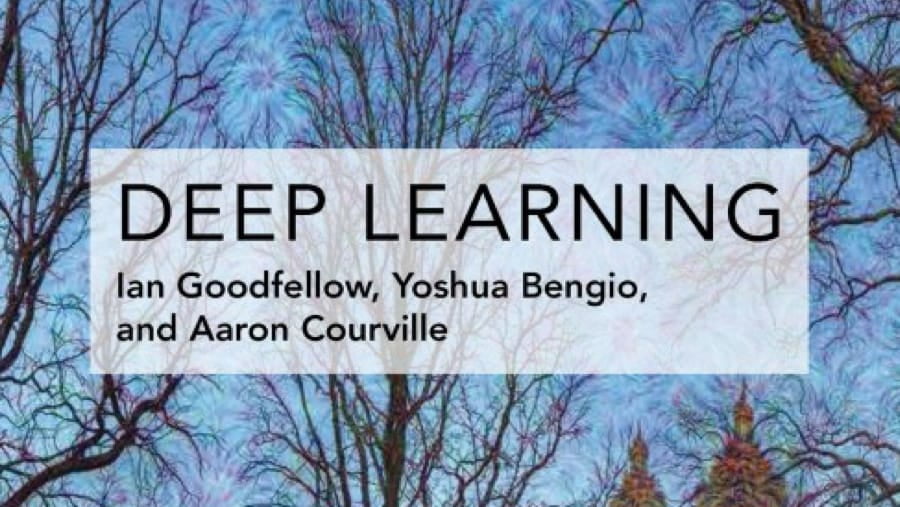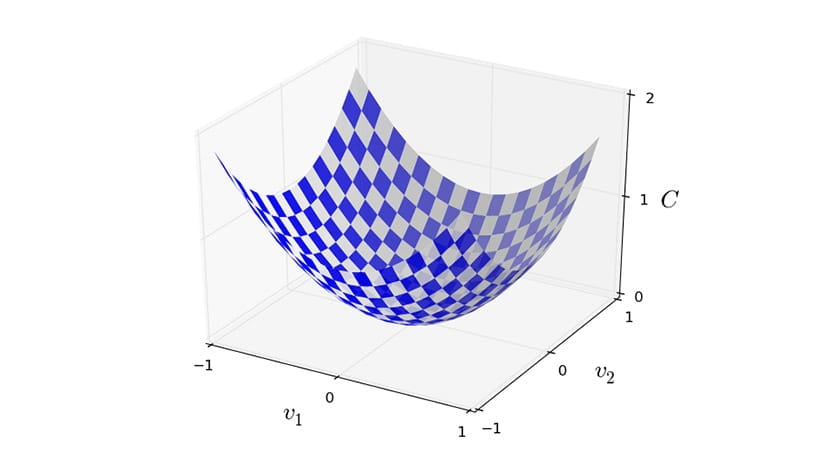使用 TensorFlow 进行理论机器学习和高级机器学习
在开始学习下面的学习资料之前,请确保:
-
完成我们提供的使用 TensorFlow 进行机器学习的基础知识这门课程,或者掌握同等知识
-
具有软件开发经验,尤其是 Python 开发经验
本课程对于想要实现以下目标的人员来说是一个起点:
-
加强对机器学习的理解
-
开始理解论文中的观点并通过 TensorFlow 实现论文中的方法
在继续学习之前,您应该已经掌握了关于机器学习工作原理的背景知识,或者已经看完入门课程使用 TensorFlow 进行机器学习的基础知识中的学习资料。以下内容旨在指导学习者学习更多理论知识和高级机器学习内容。您会发现很多课程都采用了 TensorFlow,不过,这些知识也可以套用到其他机器学习框架中。
要进一步了解机器学习,您应该具有 Python 编程经验,以及微积分、线性代数、概率和统计学方面的背景知识。为了帮助您加深对机器学习的了解,我们列出了大学推荐的许多资源和课程,以及一些教材。
第 1 步:复习数学概念

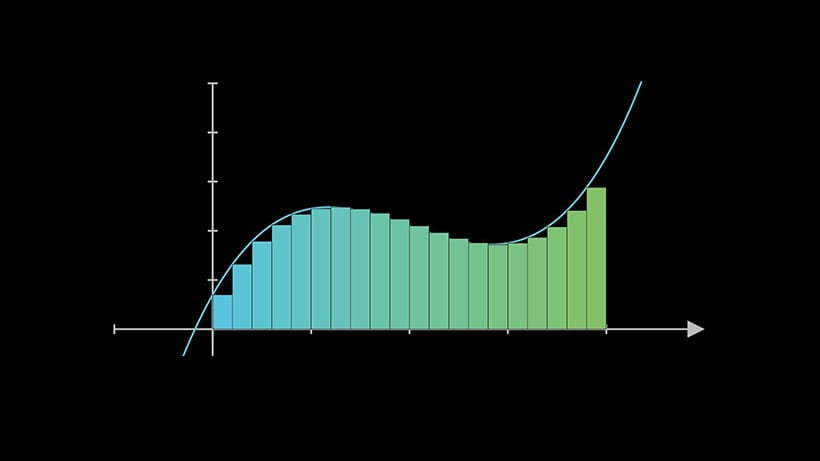

此入门课程由麻省理工学院发布,内容涵盖矩阵理论和线性代数。此课程重点介绍了在其他学科中很有用的概念,包括方程组、向量空间、行列式、特征值、相似度和正定矩阵。
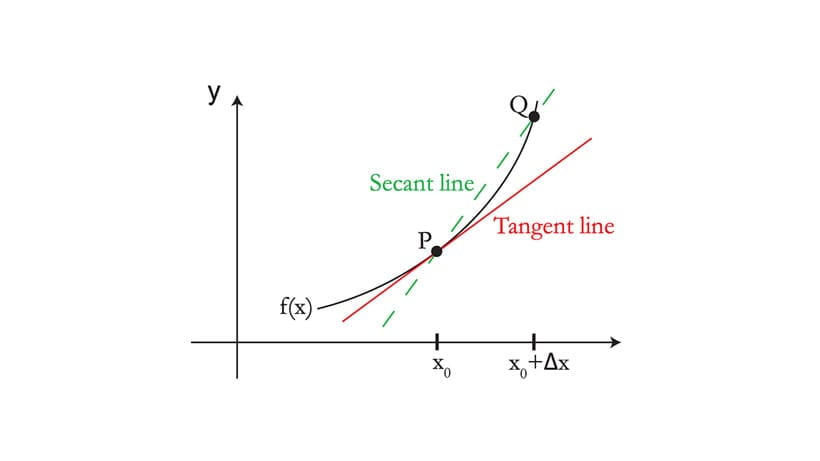
第 2 步:通过这些课程和图书加深对深度学习的理解
没有哪一门单独的课程可以涵盖您需要了解的所有深度学习知识。同时学习多门课程可能更为有效。尽管学习资料会有重叠的内容,但是由多位讲师以不同方式讲解概念可能会对您有所帮助,尤其是对于复杂的内容来说。下面是我们推荐的几门课程,可以帮助您入门。您可以同时查看所有这些课程,也可以只选择与您最相关的课程。
请注意,您学习的理论知识越多,并不断通过实践强化概念,您在构建和评估自己的机器学习模型方面就越熟练。
学习这些课程:
麻省理工学院课程 6.S191:深度学习简介是麻省理工学院推出的一门有关通过 TensorFlow 进行深度学习的入门课程,同样也是一门优秀的课程。
Andrew Ng 在 Coursera 上发布的《深度学习》专项课程也介绍了深度学习的基础知识,包括卷积网络、RNN、LSTM 等。这门专项课程旨在帮助您将深度学习应用到工作中,并在 AI 领域成就一番事业。
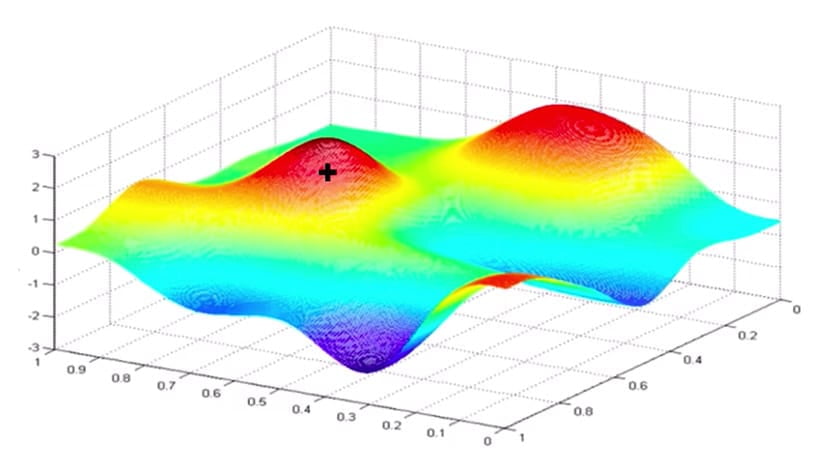

DeepLearning.AI
《深度学习》专项课程通过学习这 5 门课程,您将了解深度学习的基础知识,了解如何构建神经网络,以及如何成功完成机器学习项目并在 AI 领域成就一番事业。在学习过程中,您不仅可以掌握理论知识,还将了解这些理论在行业中的运用情况。
⬆ 另请 ⬇ 阅读这些图书:
为了完善您通过上述课程所学的知识,我们建议您阅读下面的书籍来深入学习。每本书均可在线获取,其中还提供了帮助您实践的补充资料。
您可以先阅读由 Ian Goodfellow、Yoshua Bengio 和 Aaron Courville 共同编著的《深度学习》(麻省理工学院出版社出版)。这本《深度学习》教材是一门高级教材,旨在帮助学生加深对概念的理解。本书随附的网站提供了各种补充资料,包括练习、课件、错误修正以及其他资源,供您动手练习所学概念。
此外,您还可以浏览 Michael Nielsen 编著的在线图书神经网络与深度学习。本书提供了有关神经网络的理论背景。本书并未用到 TensorFlow,但对于有兴趣深入学习的学生来说具有重要的参考价值。

